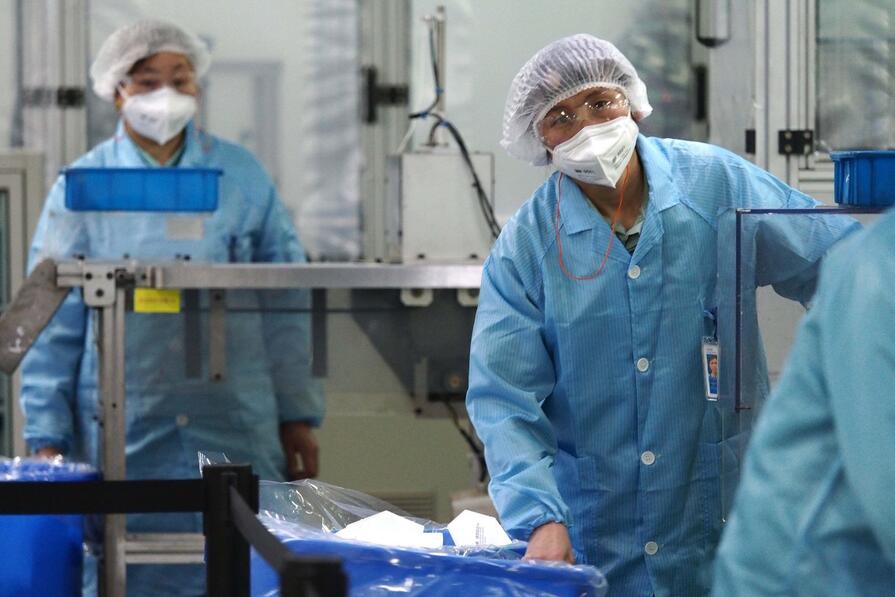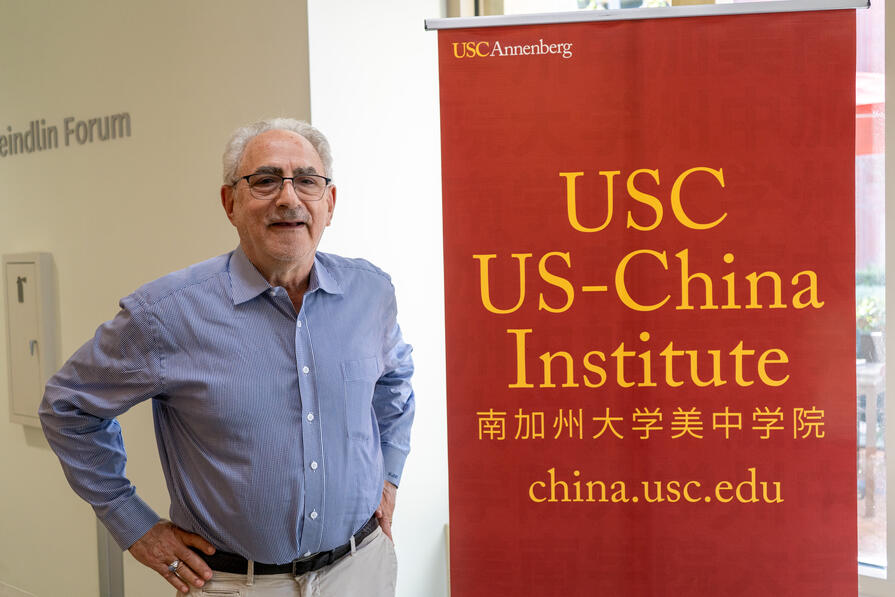Subscribe to our weekly newsletter to get them delivered straight to your inbox!
N95 face masks are the gold standard for protection against COVID-19. They use a special fabric that blocks 95% of small particles, unlike the much easier to produce fabric surgical masks, and are tested and certified by the Centers for Disease Control (CDC). They're in high demand all over the world, which has led to a huge shortage in the U.S. Individuals, companies, and governments have all tried to get these masks into the hands of healthcare workers, but simply moving masks around isn't a long term solution.
Before COVID-19, China produced half of the world's face masks, nearly 20 million per day. As the virus was spreading in China, they stopped exporting masks and imported most of the world's supply. U.S. companies donated too, including a million N95 masks from 3M. But when COVID-19 started making its way around the world, there weren't enough N95 masks to go around. China’s ramped up total mask production to 116 million a day, but they're still only making 1.6 million N95 masks a day because the special fabric is in short supply.
In February, the Department of Health and Human Services estimated that the U.S. will need 300 million N95 masks to combat the coronavirus. More than six weeks later, the U.S. is still struggling to produce or import the masks it needs. Under pressure, the U.S. Food and Drug Administration has authorized the importation of masks from China and other countries that may not be N95 certified but meet similar local standards. 3M, America’s top producer, is turning out 35 million masks a month in the U.S. and has just pledged to bring in 55 million masks a month from its factories in China.
The issue with N95 masks is a microcosm of global trade as a whole. If the world relies too heavily on one country for one product—even if that country is itself—a crisis can cripple the entire global supply. Diversifying the source of essential items around the world may be key to ensuring resiliency in the face of the next global challenge.
- Is China's "mask diplomacy" faltering?
- Chinese are impressed with Japan's response
- Printing masks are like "printing money"
- Taiwan is cranking up mask production




